Untold history of the RAF in WWII
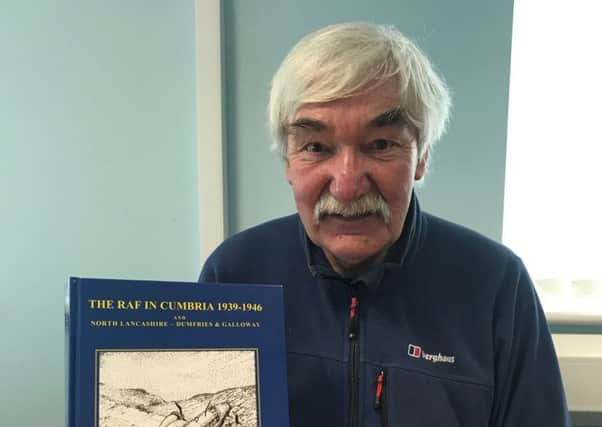

A new history of the RAF in Cumbria and Galloway and North Lancashire between 1939-1945 documents 3,243 deaths due to aircraft incidents in the region alone.
Ian Tyler, whose dad was a pilot in the RAF, believes his extensive research is the first time a comprehensive list of crashes has been brought together.
Advertisement
Hide AdAdvertisement
Hide AdThe total of military aircraft incidents between 1937-1946 in the area is 3,483 of which 1,089 ditched in the sea.
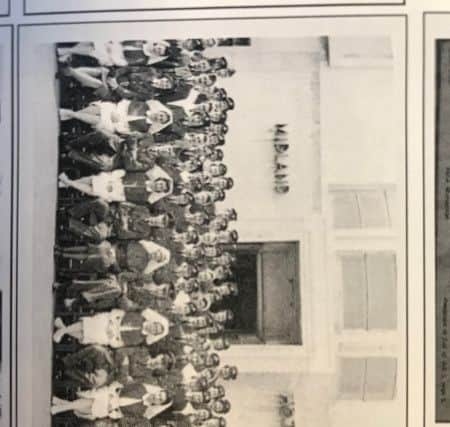

This resulted in a staggering loss of 3,243 deaths, 1,833 being lost to the sea.
Ian, who now lives in Carlisle, but is a sand grown’un (born within the confines of Poulton in Morecambe), said: “My dad was a pilot in the RAF and after his training we came back to Morecambe where we lived.
“He was stationed in The Clarendon which was the HQ of RAF Morecambe,
Advertisement
Hide AdAdvertisement
Hide Ad“White Lund Industrial Estate had numerous airfields and thousands of people were coming in to train in engine repairs and teaching the apprentices to go out to work on and service operational aircraft.
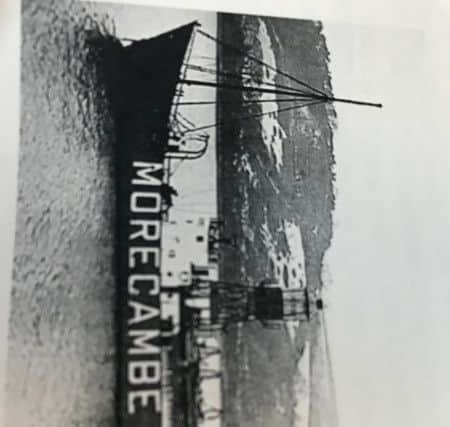

“It was a very, very important place. The Midland Hotel was a hospital and recovery area.
“My interest in the RAF came from my dad.”
Ian, now a pensioner, said: “I had my own mining museum in Keswick.I started fell walking and it took me 10 years to climb all the fells, all the while my interest was brimming with the RAF.
“In the sixties I found bits of aircraft on the fells and that kept my interest alive.
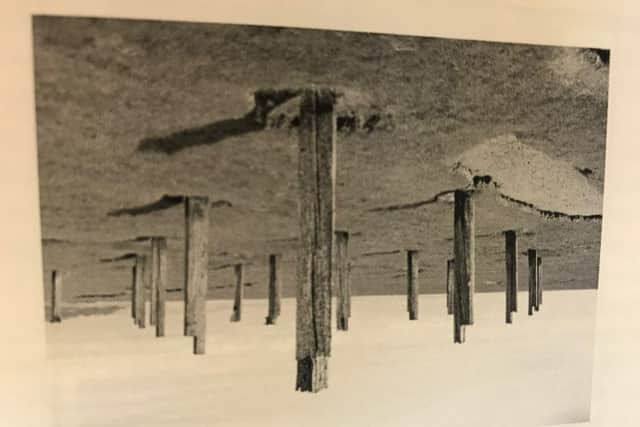

Advertisement
Hide AdAdvertisement
Hide Ad“I started to assess how many people were injured or killed in the area in planes.
“I worked on the crash list first, which no-one had done before, and that was an achievement to do that.
“We were a training area for the RAF and the lads that were coming here were the cream of the crop of our country, some were aged only 19, or 21-years-old. If you got to 25 or 27-years-old you had done well to survive.
“Nearly every airman started in the Tiger Moth and ended up on Hurricanes - that was like starting off driving an Austin 7 and ending up in an E-type Jaguar.
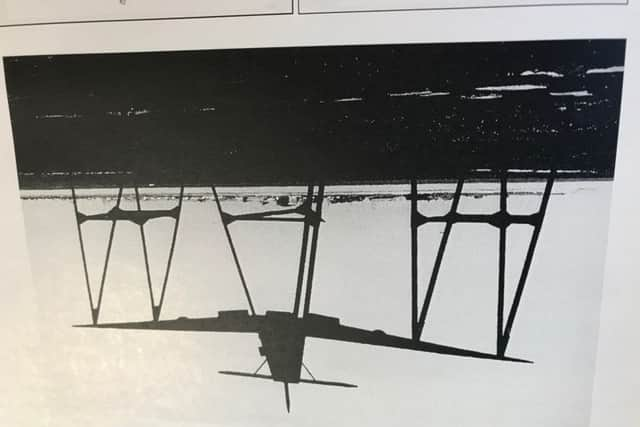

Advertisement
Hide AdAdvertisement
Hide Ad“The shock and reality of getting into a plane that did 300 miles an hour with no brakes cannot be understated.
“Pilots got lost and disorientated, there was no sat nav like nowadays, they would see the estuary, or the mainline railway, they were flying by the seat of their pants.
“You could be flying at 200 feet up and at seriously quick speeds so your reaction times, cloud etc, you can’t see.
“Without a road or street map it was very difficult to do. The accidents were horrific, airplanes are not designed to crash, they are made out of aluminium and if anything goes wrong you are very lucky to get out. The RAF in Cumbria and Galloway 1939-1945, creates a book of two halves, England and Scotland, however this is inexplicably drawn together due to the activity between the various units, providing a feast of facts, revealing the training of our young wartime pilots, navigators, wireless operators, air gunners, bomb aimers, and radar technicians.
Advertisement
Hide AdAdvertisement
Hide Ad“Training here commenced with a revolutionary state of the art Air Gunnery Range at Loch Doon 1918.
“Leading in 1939 to the horror of “ high ground” crashes in Galloway, Cumbria and North Lancashire which made a treacherous training ground for the inexperienced aircrew, resulting in subsequent horrific loss of life and injuries.
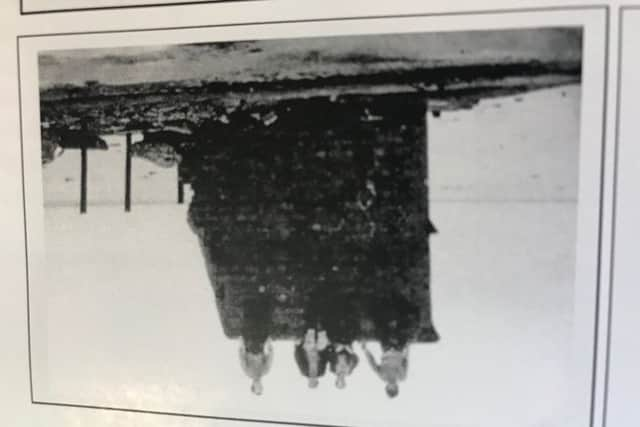

“In the final pages we have endeavoured to record these incidents sympathetically for posterity, for those on land and the Irish Sea.
“Our war embraced Commonwealth and American airmen, not forgetting the gallant Poles, Czech, French and Dutch who were supported by 181,130 WRAF, many of whom were trained here.
Advertisement
Hide AdAdvertisement
Hide Ad“The Women’s Royal Air Force were vital to the RAF in the area. Details of RNLI services and Air Sea Rescue activities have not been neglected, reflecting efforts to prevent ditched aircrew casualties. Information of our ‘decoy’ airfields is scant, as are details of the sites themselves.
“The Air Transport Auxiliary, of course, played a huge roll, linked to our vital maintenance units at Stranraer, Dumfries, Silloth, Kirkbride, RNAS Anthorn, BAD-2 Warton.
“Not forgetting our nights of Blitz, the passion and loyalty of our populous in raising millions of pounds for ‘War Weapons Weeks’..
“The birth of the RAF Mountain Rescue, essential requisition of thousands of acres of farmland or foreshore by Ministry Aircraft Production to create ranges and airfields, created its own problems.
Advertisement
Hide AdAdvertisement
Hide Ad“Finally to the legacy of war, the mammoth task of disposing thousands of tons of surplus ammunition, transported from Wales and Yorkshire’s to the military port Cairn Ryan and Silloth for dumping in our sea.
“None of this history could be omitted, hence the book has taken six years to complete. In many instances this is the untold story of the RAF 1939-1945 in our quiet backwater and coastline ‘where nothing really happened’.”
The limited edition book priced at £40 is from Blue Rock Publications and is available from Carnforth bookshop or direct from Mr Tyler on 01228 561883 or email: [email protected].